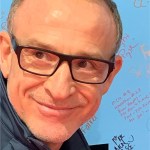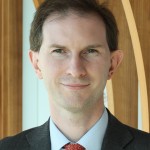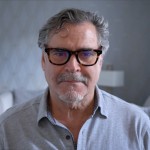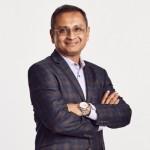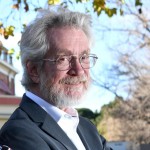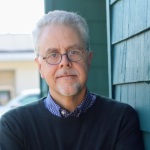KEY TOPICS
ESG reporting: achieving consistency
For the environment in particular, which is our focus here, the difficulty has been that in business, the data hasn’t been dependable, and for two main reasons. One, some organizations have been reluctant to share details of their carbon footprint – although the advent of Web3 may enable value chain data to be aggregated and accessed without the need for individual parties to quantify and share their own numbers.
Two, there are so many variables. For instance, minerals are mined, moved, and embedded in increasingly large sub-assemblies, and then moved again, until manufacturing is complete – so at what point or points in the manufacturing and logistics cycles do we measure carbon footprint?
In short, we haven’t yet seen a standard approach to carbon footprint reporting, or indeed to any sort of environmental, social and governance (ESG) reporting. However, pressure is growing to convene the high-tech industry around such a standard, and much of it is coming from the financial markets to do deep audits and risk assessments in the carbon footprint.
“Data, big data, and these new emerging technologies such as AI and quantum computing are really exciting for me. They will help us to understand complete lifecycles.”
Mary de Wysocki, VP Corporate Affairs – CSR Sustainability, Cisco






































